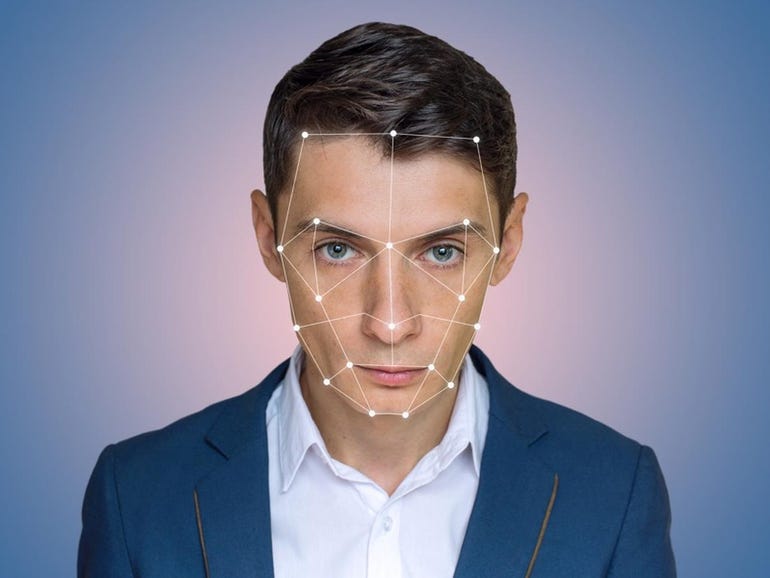Santander ramps up facial biometrics in Brazil
Santander has announced an implementation of facial biometrics to millions of customers as part of the bank’s wider efforts around digital transformation.
The technology is being rolled out gradually, and will see approximately 10 million individual and corporate clients using mobile banking for transactions invited to register to use the functionality.
In use across most neobanks in operation in Brazil, smartphone-based facial biometrics is being described by Santander as a safer option for identity verification than fingerprints, which are currently captured at ATMs.
The bank will build its own facial biometrics database, according to Ulian, which is considered to be more reliable than using a third-party database. Moreover, the technology is expected to enhance Santander’s fraud prevention algorithms and enable the instant detection of suspicious transactions.
The technology is also expected to digitize a number of branch-based activities. For example, high-value transfers for car or property purchases require Santander’s customers in Brazil to request authorization at the branch to prove the transaction is genuine.
“By opting for facial biometrics, [transaction clearance] can be done remotely by the account holder”, says Marcela Ulian, executive superintendent for digital business at Santander Brazil. According to Ulian, the functionality is not compulsory and users will have the option to disable the feature.
Currently, Santander estimates digital channels account for 92% of all transactions carried out by individual customers, while 95% of the transactional volume of corporate clients takes place online. The Brazilian subsidiary of the Spanish bank estimates that facial biometrics will result in a further increase of mobile transactions of 2.5 percentage points for individuals and 5 percentage points for companies.
The increase in digitisation of transactions will result in an accelerated reinvention of bank branches, according to Santander, noting that physical spaces “will be increasingly focused on consulting services and specialized guidance to clients, business generation and solving highly complex problems.”





Pingback: วิเคราะห์บอลวันนี้
Pingback: เน็ต ais รายวัน